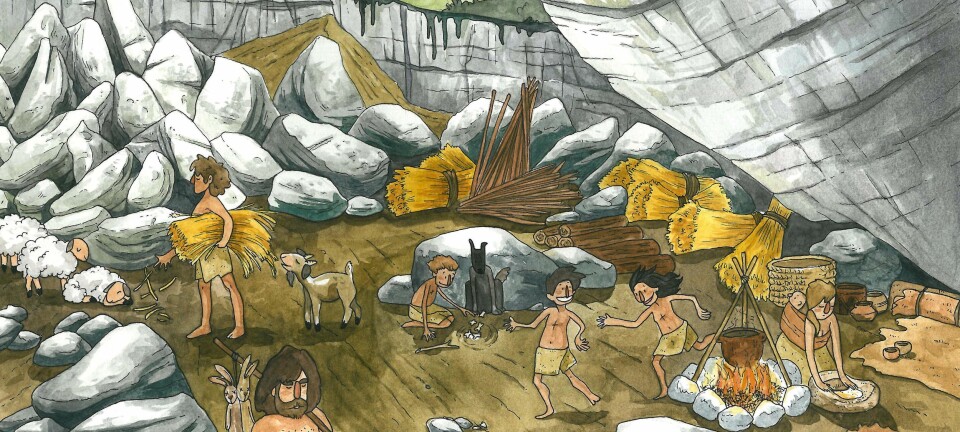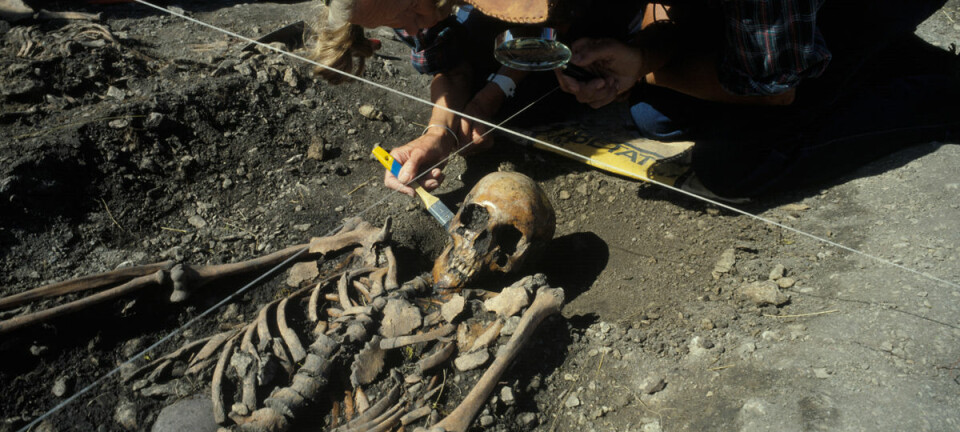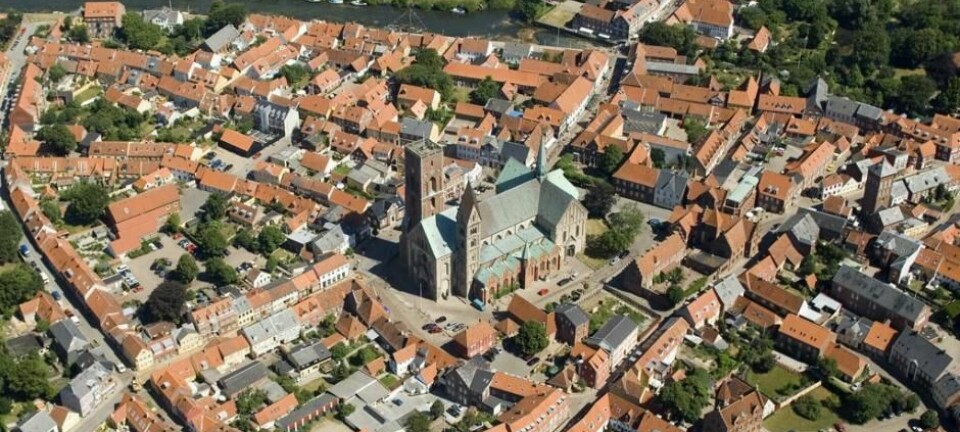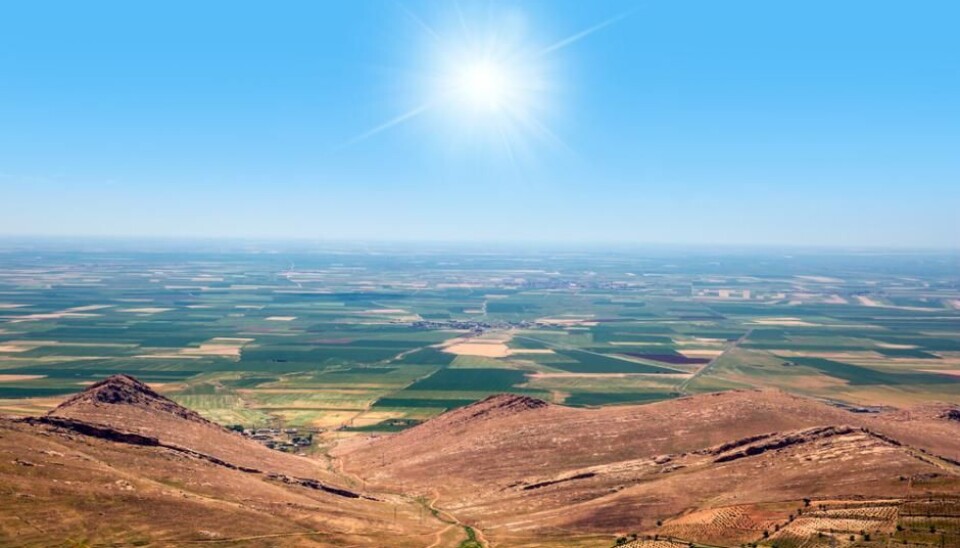
Ancient grain reveals the development of the earliest cities
How were the first cities established and how did they develop? The analysis of 8,000 years old grain from ancient Mesopotamia has some answers.
Ancient grain from the Middle East has given scientists an insight into how some of the world’s first cities developed.
Small, charred remains of grain that are at least 8,500 years old provide a fingerprint of ancient farming and how villages suddenly expanded over the course of a few hundred years into the large city states in ancient Mesopotamia—a historical area in present-day Syria and Iraq.
The grain can now reveal that as cities expanded and the need for food grew, so did the land dedicated to growing crops.
“It’s very exciting because until now the theory was that as the towns grew, they cultivated the land more intensively,” says archaeobotanist Mette Marie Hald from the National Museum of Denmark, who participated in the study.
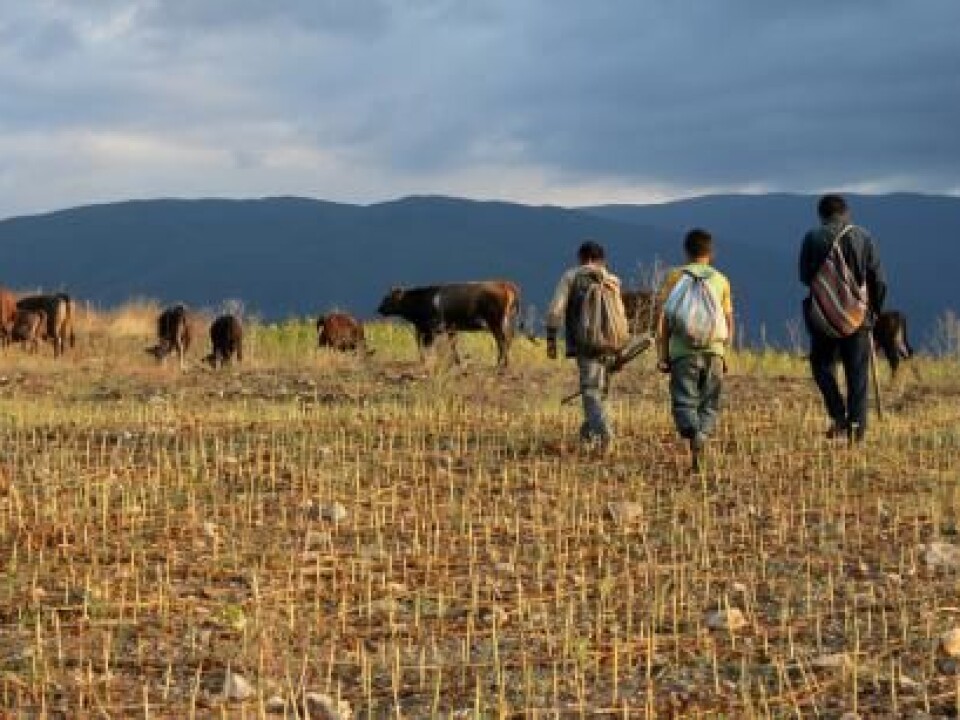
“The study gives us an indirect indication of the political control of cities and how we imagine cities were established,” she says.
New knowledge on early city life
Arable farming made the cultivatable land valuable, and when land was inherited it could have laid the ground for a ruling elite of farmers and the beginnings of social inequality.
“It’s exciting and groundbreaking research, and the study strikes to the heart of many years of debate surrounding the economy and organisation of the early city societies,” says Tim Skuldbøl, archaeologist from the University of Copenhagen who also studies early urbanism but did not take part in the new study.
“Today, most people live in a city but don’t understand how they came about and why cities are organised the way they are. This archaeological research is important to understand the basic sociological building blocks that helped to form our urban societies today,” says Skuldbøl.
The study is published in the scientific journal, Nature Plants.
Villages shot up as settlement mounds
In the Khabur Valley in Northeast Syria, runs one of history’s most important rivers, the Euphrates. Together with the Tigris River, they define the region of Mesopotamia—which also means land between the rivers—where the world’s first civilisations emerged.
In the valley, archaeologists have found several ancient cities. One of them is Tell Brak, which was described by British archaeologist Sir Max Mallowan in the 1930s.
At first glance, Tell Brak looks like a small hill, but preserved under the surface are houses built upon houses.
“They have torn down houses and built on top of the old foundations, so the occupation level has risen over thousands of years. Now, it’s 40 to 60 metres high and like a small mountain,” says Hald.
Food for 30,000 inhabitants
Among the remains, archaeologists have discovered temples, large administrative buildings, and even long sewage pipes. But how the city grew to be so big, was still a mystery.
Eight thousand years ago, arable farming was just beginning with grain fields of wheat and barley. At this time, animals, such as cows, goats, and sheep, were domesticated.
At this time, people lived in villages of perhaps 100 to 200 people, and then suddenly, some 6,000 years ago, over a period of a few centuries, these villages grew to cities of more than 10,000 inhabitants.
The development of arable farming, which provided food for all these people, is a key piece of the puzzle to understand how these cities grew so quickly.
Atomic physics meets archaeology
In recent years, archaeologists have obtained a new peep-hole that allows them to see back in time. Amazingly enough, packets of information have survived 8,000 years in the form of grain from burned down houses.
“It’s a bit mean, but when a house burns down, we archaeologists are really happy because then grains are burnt and don’t rot. They can lie in the earth for thousands of years,” says Hald.
Most of us think of fire as a frightful, destructive power, but grain is strong enough to survive and save its secrets.
Every little grain records a piece of history of the conditions under which it was cultivated, in the form of stable isotopes of nitrogen and carbon.
Two routes to large towns
The scientists measured isotopes in 276 samples of grain discovered in Tell Brak and four other ancient cities in the northern region of Mesopotamia, dating to between 8,000 and 4,000 years ago: Tell Leilan, Tell Sabi Abyad, Tell Zeidan, and Hamoukar.
They compared the analysis with modern samples from test fields in France, Spain, Morocco, and Denmark, where old varieties of grain are grown under controlled conditions with manuring and irrigation.
Together with the knowledge of ancient climate, scientists can estimate very precisely how much or how little manure or irrigation was used. By comparing this with the archaeological layer which the samples came from, they could follow the development of agricultural practices through time.
The bigger the cities became, the less manure they used, which is surprising as further south in Iraq, they used widespread irrigation and farmed the land very intensively.
But now they know that practices to the north were very different, which means that there were at least two ways in which cities could expand.
Farmers made their own choices about their grain
The differences are probably closely related to the climate: Not enough rain in the dry south requiring irrigation versus the wetter northern region requiring less work-intensive input, where food output was boosted by converting more of the landscape to fields.
The grains also held clues of the socio-economic system of the time, revealing who held power in these early cities.
“It’s interesting that we find large pots filled with different crops in private homes, and from the isotope values we can see that they had very different manuring levels, so they must have come from different fields,” says Hald.
“It shows us that individual households had different fields around the town, where some were manured and others weren’t,” she says.
In other words, the grain suggests that there was no centralised arable economy, but that each farmer made their own choices.
Large farmers had power
If a king or nobleman controlled the fields, then all of the harvest would probably be collected centrally and then distributed. In this case, archaeologists might expect to see more consistent isotope values in the grain found in various households.
“Later, we see massive grain stores, where the crops must have come in from all the fields and stored in these large rooms, and distributed among the population,” says Hald.
“So what we see here is an indirect indication of how a town became controlled, and it doesn’t look like there was a strong centralised power at this time, and the society—at least agriculturally speaking—is still rather egalitarian,” she says.
In later deposits, the archaeologists found remains of temples, large storerooms, and administrative buildings, which suggests a central power had developed from the early agribusiness.
So it appears that the development began with a collective of important farmers.
“The extensive agriculture paved the way for some powerful families. You can say roughly that instead of a central royal power, in terms of economy, these cities may have been controlled by a team of large families,” says Hald.
------------------------
Read more in the Danish version of this story on Videnskab.dk
Translated by: Catherine Jex

